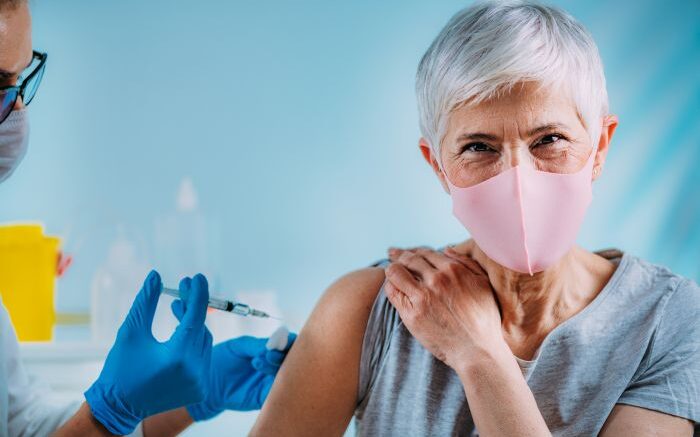Aging has been identified as a significant risk factor for herpes zoster, a skin disease caused by the same virus that causes chickenpox. With the aging of the population, the prevalence of herpes zoster infection is increasing in Japan. It has been estimated that one in three people will be affected by this virus by the age of 80 years. Although Japan approved the administration of live VZV vaccine in 2016, the number of people who have received this vaccine is considerably low.
Multiple studies that focused on identifying the factors that promote the uptake of pneumococcal and influenza vaccines have revealed that vaccination rates are high among patients who receive better services from their primary care provider, a clinical physician from whom patients initially seek comprehensive medical services. However, the factors promoting vaccination uptake or their relationship with the quality of primary care have not yet been investigated.
In this study, researchers led by the University of Tsukuba examined the association between patient experience (PX, events experienced by patients during primary care), an indicator of the quality of primary care, and herpes zoster vaccination (live attenuated varicella vaccine) in elderly patients aged ≥65 years who regularly received primary care. They examined the association between PX and vaccination with the herpes zoster vaccine (live attenuated varicella vaccine).
The results showed that patients who received better services during primary care, such as those who had better PX, were more likely to receive the VZV vaccine when their physicians recommended it.
This study alone cannot directly prove a cause-and-effect relationship. However, the study findings suggest that physicians recommending VZV vaccination after providing adequate services needed by patients during primary care may improve shingles vaccine coverage.
Source: University of Tsukuba
